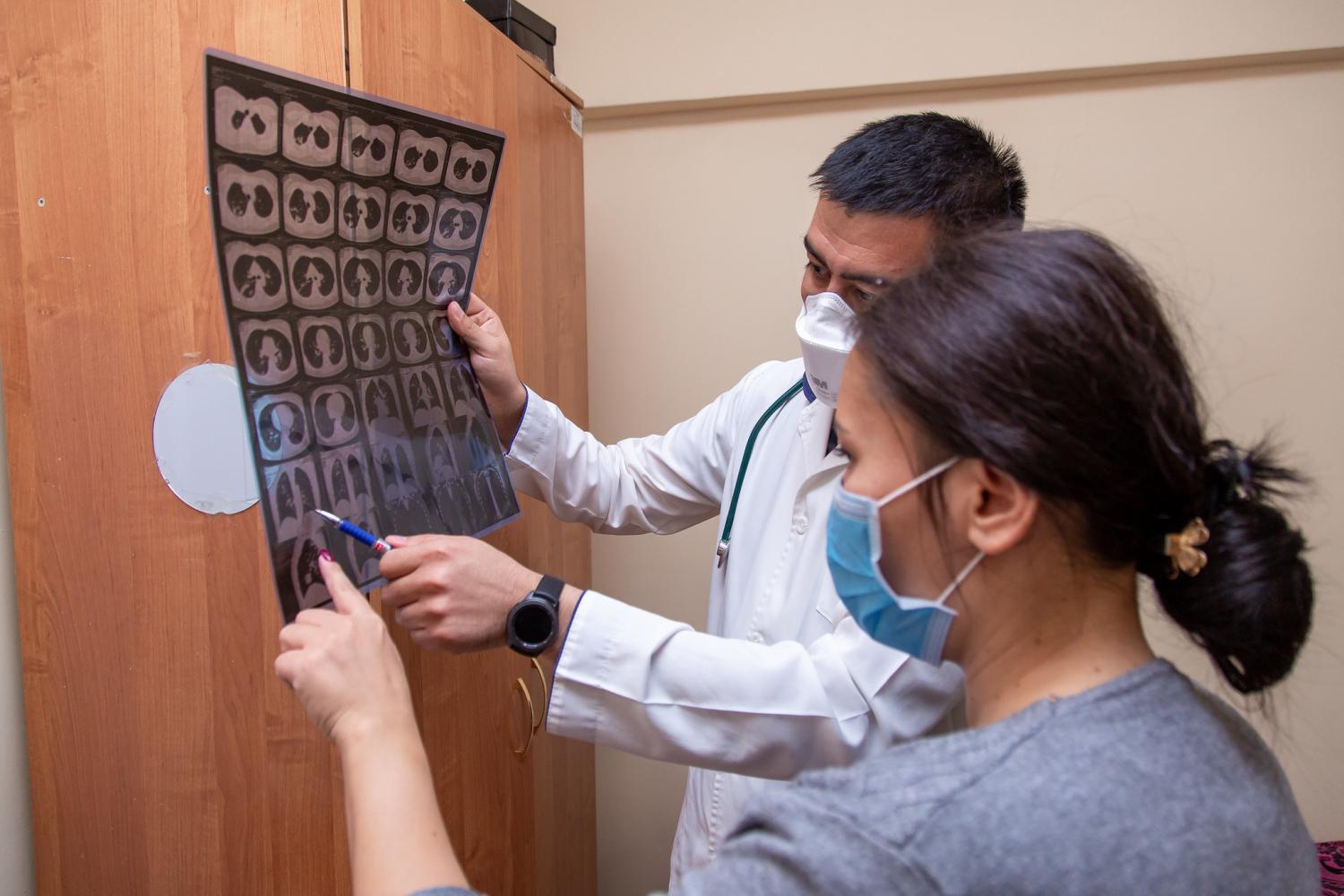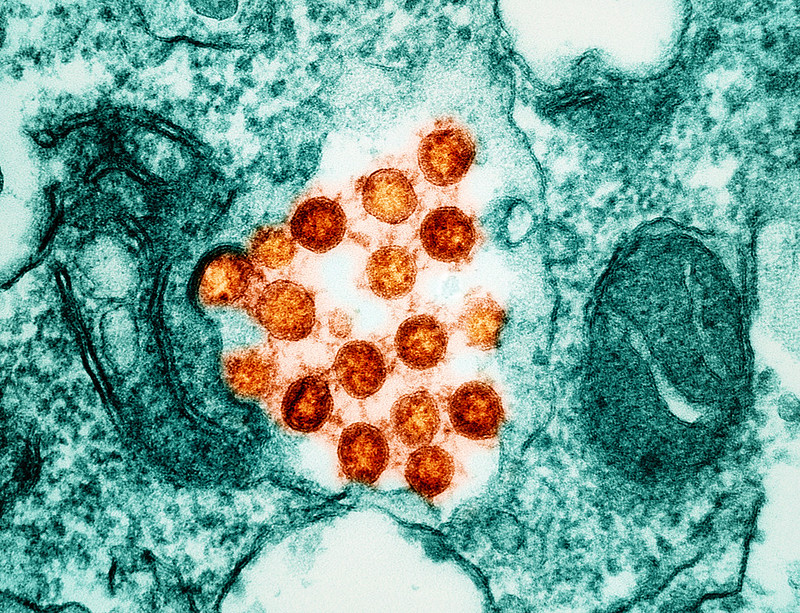A survey of national tuberculosis (TB) program staff members projects consistent global growth in the use of shorter, all-oral drug regimens for drug-resistant TB (DR-TB), but national efforts to ensure the new treatments are accessible to eligible patients are needed, researchers reported late last week in PLOS One.

To project uptake of the World Health Organization–recommended BPaL/M (bedaquiline, pretomanid, and linezolid, with or without moxifloxacin) regimens for DR-TB, a team led by researchers with the TB Alliance conducted semi-structured interviews with national TB program staff members and experts in the 13 countries that accounted for 69% of DR-TB incidence in 2021. The researchers used the interviews, which aimed to gather intelligence on established plans and targets for DR-TB regimens from 2023 to 2026, to make projections on global uptake of the regimens, which have shortened DR-TB treatment from nearly 2 years to 6 months.
Increased uptake of shorter regimens expected
Overall, the study projected that BPaL/M regimens will be used in most DR-TB patients by 2024 and reach 78% of DR-TB patients by 2026, with BPaLM reaching 126,792 patients and BPaL reaching 43,716 patients by 2026. In addition, 13,119 patients will be treated with a 9- to 11-month all-oral bedaquiline-based regimen. Respondents in the interviews indicated the all-oral nature of the BPaL/M regimens, short duration, reduced cost, and reported high efficacy is expected to result in higher uptake.
But the study authors add that national TB programs and the global health community will need to prepare for this scale-up by procuring the drugs for these regimens, updating national guidelines, educating and training clinicians and health workers, engaging patients, and expanding drug-susceptibility testing (DST).
"This study will be informative for global health stakeholders, including donors, policy makers and manufacturers, by supporting planning and budgeting for DR-TB interventions," they wrote. "Above all, national efforts to scale-up DST and implement new treatments will be essential for ensuring that these medicines are accessible to all eligible patients in the coming years.













